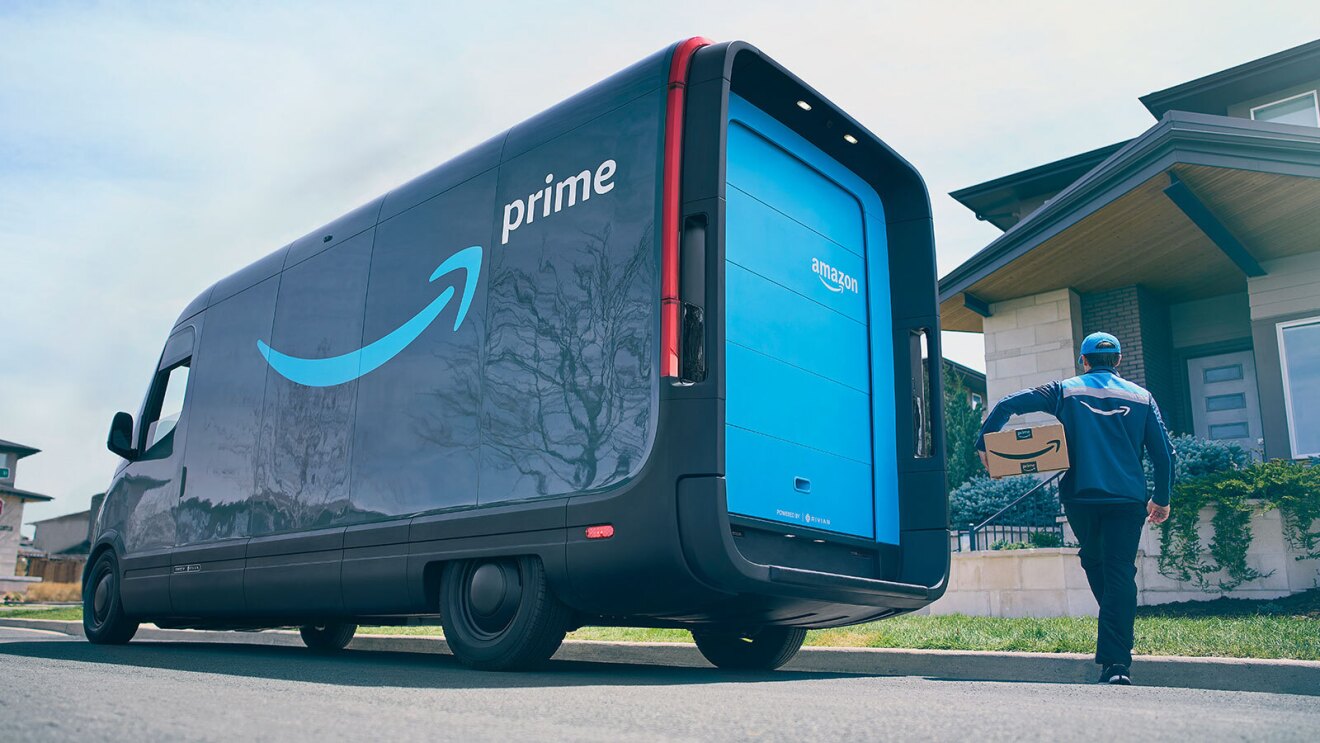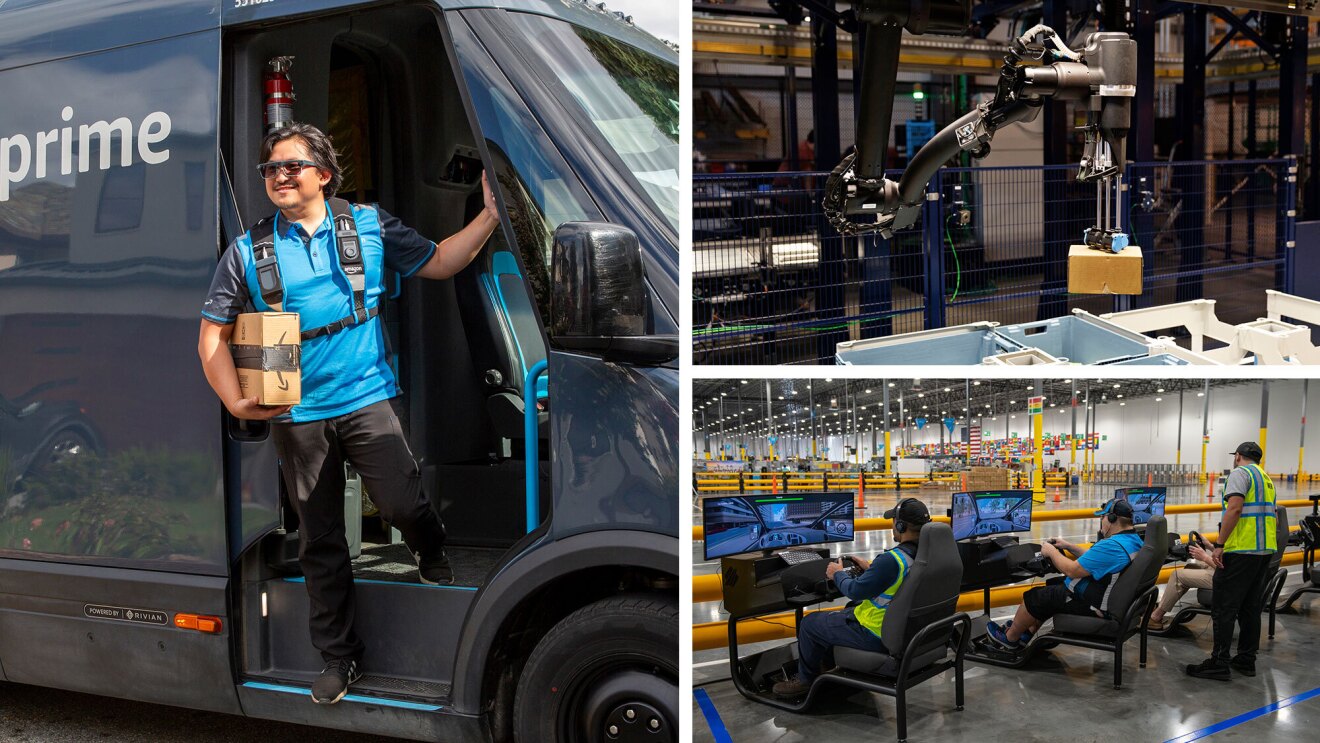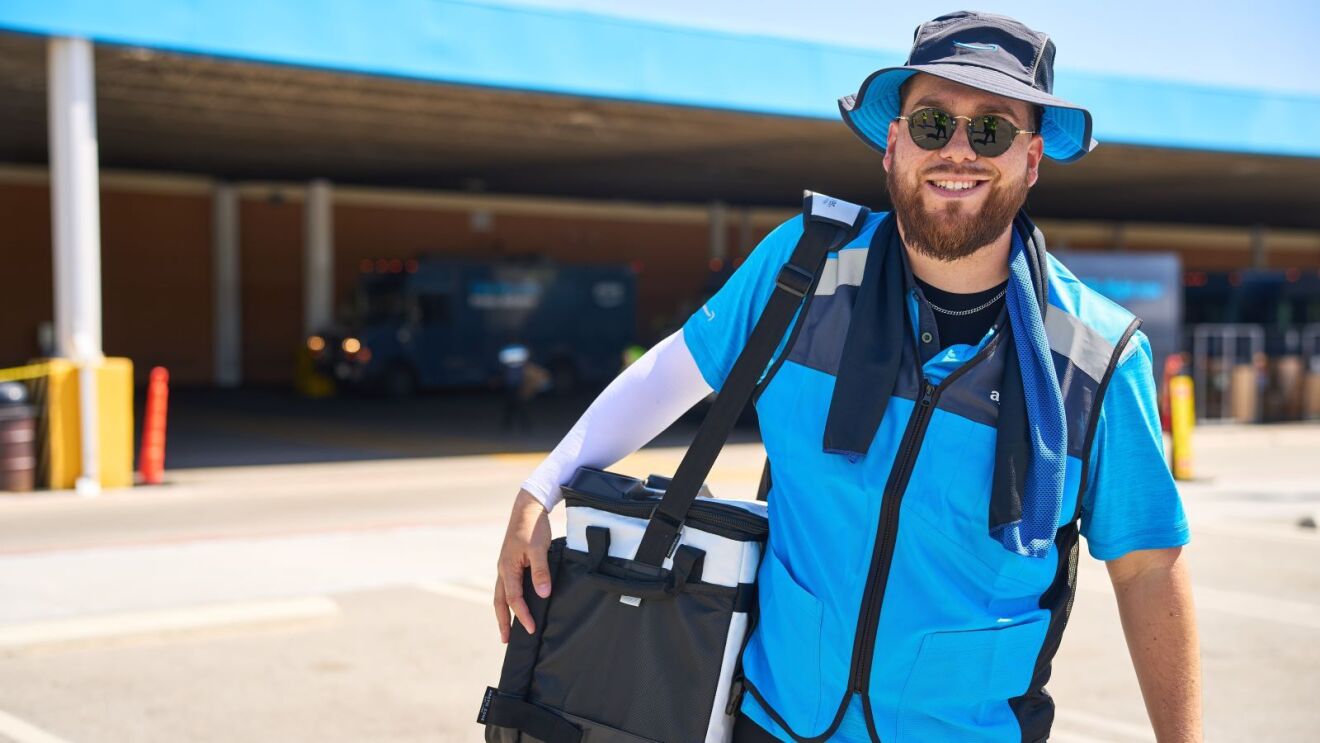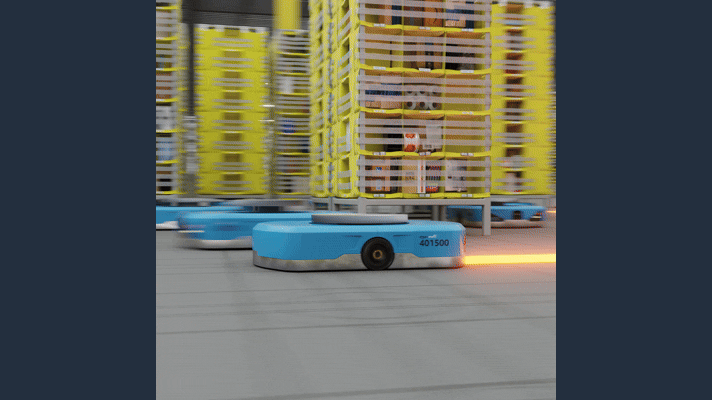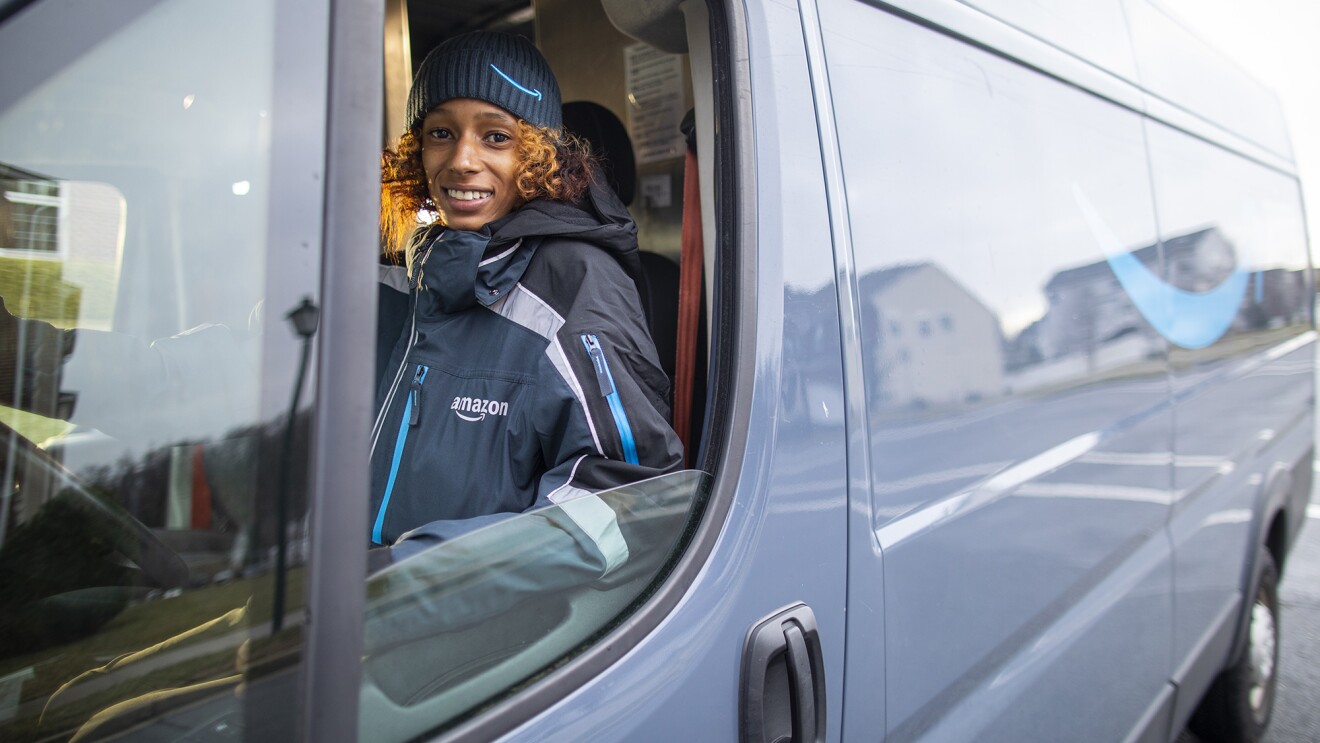Amazon is using artificial intelligence (AI) to make holiday shopping seamless and convenient for customers around the world. The holiday shopping season kicks off with Black Friday and Cyber Monday. “It's our Super Bowl, and we've been training for months,” said Scot Hamilton, vice president for last-mile delivery routing and planning technology at Amazon. “AI helps us with everything we do leading up to the holiday season and on big shopping days like Cyber Monday. It is meant to be something you don’t see or feel, but it’s as critical as oxygen. When you don’t realize it’s there, that means it’s working perfectly.”
Our list shows how AI touches every part of the customer journey, starting from a personalized Amazon homepage to a package sorted by a robot, all the way to the delivery driver dropping it off.
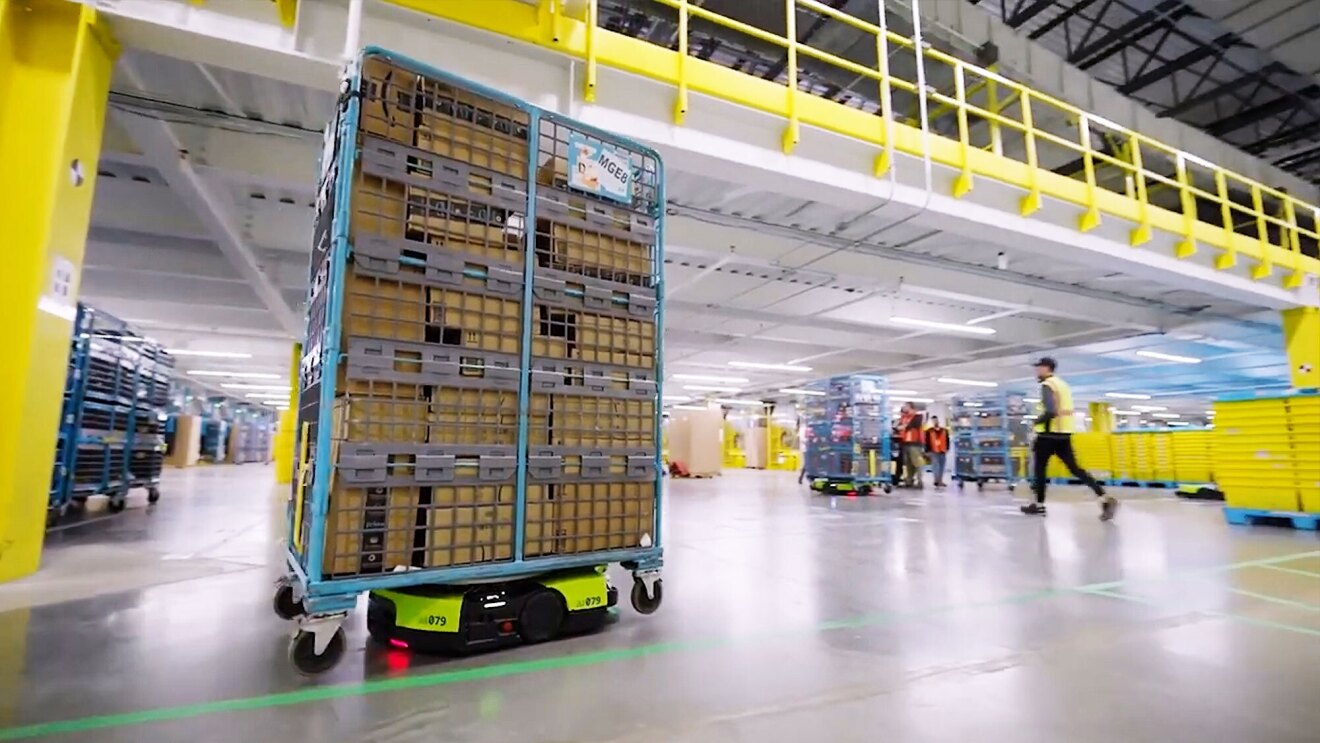
Stocking the right products in the right locations
Well before a customer clicks to purchase their item, Amazon’s Supply Chain Optimization Technology (SCOT) is already at work. SCOT helps forecast demand for more than 400 million products each day, using deep learning and massive datasets to decide which products to stock in which quantities at which Amazon facility, while coordinating inventory shipments from millions of sellers worldwide.
When Amazon first introduced deep learning to SCOT a decade ago, forecasting accuracy jumped 15-fold in just two years, allowing Amazon to stock an ever-bigger selection of goods and get them to customers faster. In 2020, Amazon began using transformer technology—the software engine that has revolutionized natural language processing and made advances in generative AI possible—to introduce a unified forecasting model. The model makes even more accurate predictions of what customers will love and buy across Amazon’s vast catalog of products. The technology has helped further improve long-term forecasting of what products Amazon should stock on its shelves.
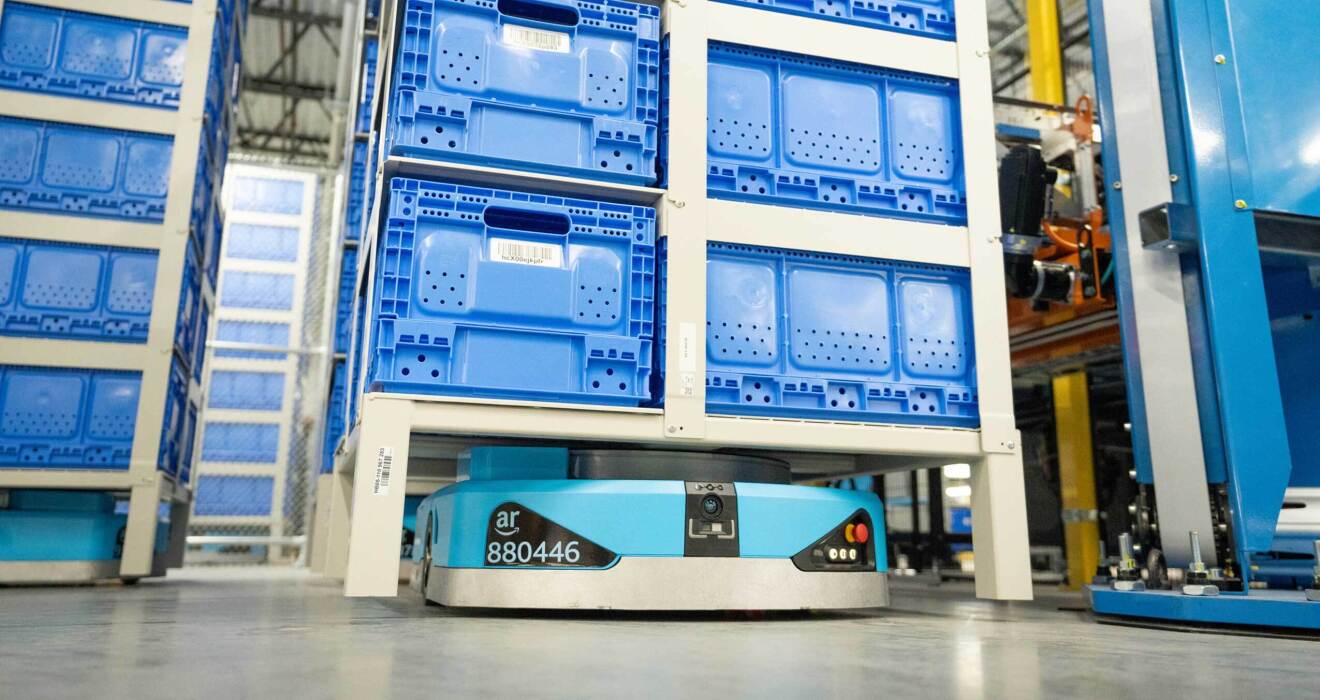
Helping employees fulfill orders with the world’s largest fleet of mobile industrial robots
Robotics is another example of how advanced AI is helping employees at Amazon facilities get packages to customers faster. AI-enabled robots equipped with machine vision can recognize, sort, and inspect the quality of hundreds of millions of diverse goods before they are packaged and loaded on delivery trucks and shipped to customers.
Amazon uses generative AI to create “synthetic data,” simulating various scenarios robots might encounter during peak days, like Cyber Monday, to train their machine learning.
“There's a lot of volume that happens during the holiday season, particularly Black Friday and Cyber Monday, and we want to make sure that we've dotted every ‘i’ and crossed every ‘t’ when it comes to meeting customer demand,” said Tye Brady, chief technologist for robotics at Amazon.
 Tye Brady, chief technologist for robotics at Amazon.
Tye Brady, chief technologist for robotics at Amazon.AI is also helping Amazon orchestrate the world’s largest fleet of mobile industrial robots. As soon as a customer clicks the “buy now” button on Amazon, the fulfillment center’s central planning software sends one of 750,000 mobile robots to fetch inventory and purchased items. Once one robot learns how to navigate the facility more efficiently, the entire fleet gains that same ability. The mobile robot slides under the stored goods, lifts them off the floor, and takes them to an Amazon employee, who scans, labels, and prepares the item for packaging.
Sorting packages for fast delivery
Once items are packaged and labeled, Amazon employees get help from a robot called “Robin.” Robin helps sort packages before they get loaded in a truck and eventually end up at a delivery station—the last stop for a package before it gets to a customer’s doorstep. Robin uses its AI enhanced vision system to understand what objects are there—different sized boxes, soft packages, and envelopes on top of each other.

The robot first segments a scene with a pile of products, decides which package it will grab, calculates how it will approach the package, and chooses how many of its suction cups to use to pick it up. Choose too many, and it might lift more than one package; too few, and it could drop its cargo.
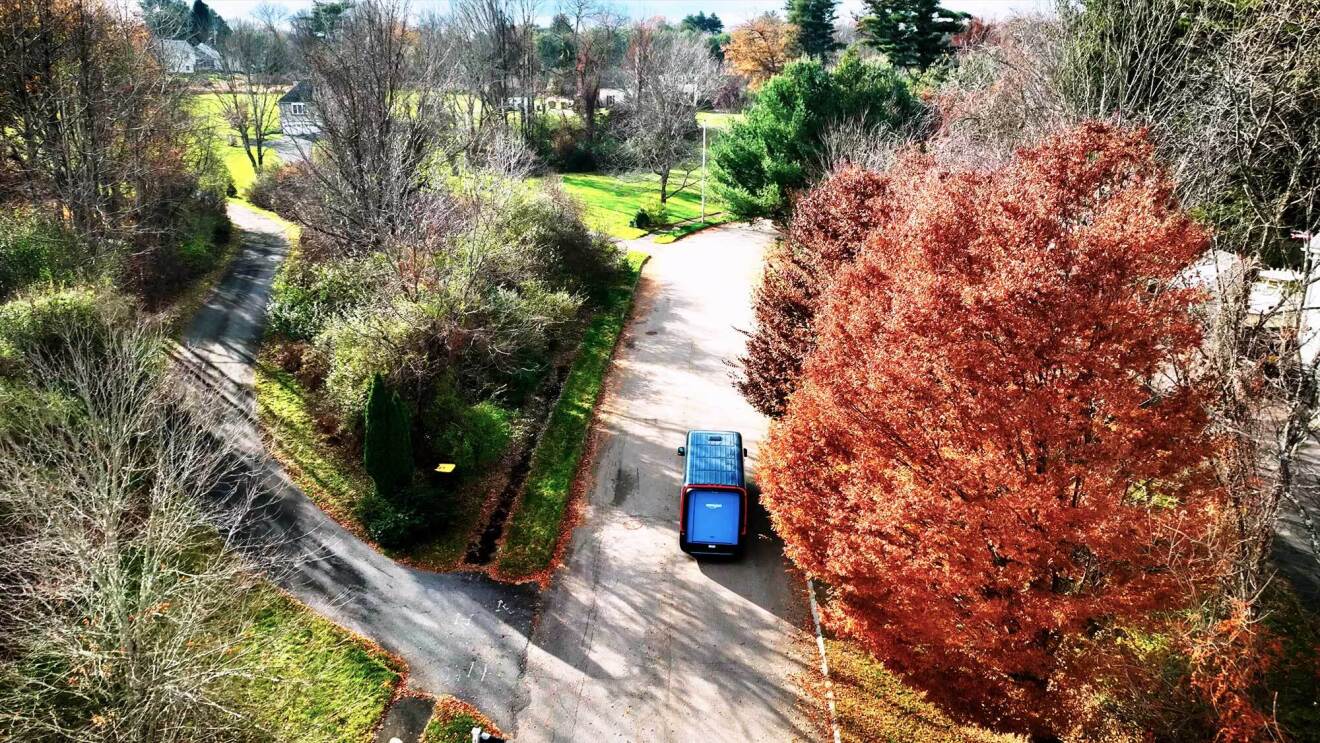
Expecting the unexpected on the road
The delivery station is the last stop for a package on its journey to the customer. Just one delivery station in Massachusetts receives up to 65,000 packages every day, and the number grows to more than 100,000 packages during the holidays.
“There are always things that happen that we don’t expect—a truck with products might come to the station early, or there might be bad weather or traffic on the road,” Hamilton said. “AI is helping us predict the unpredictable.”
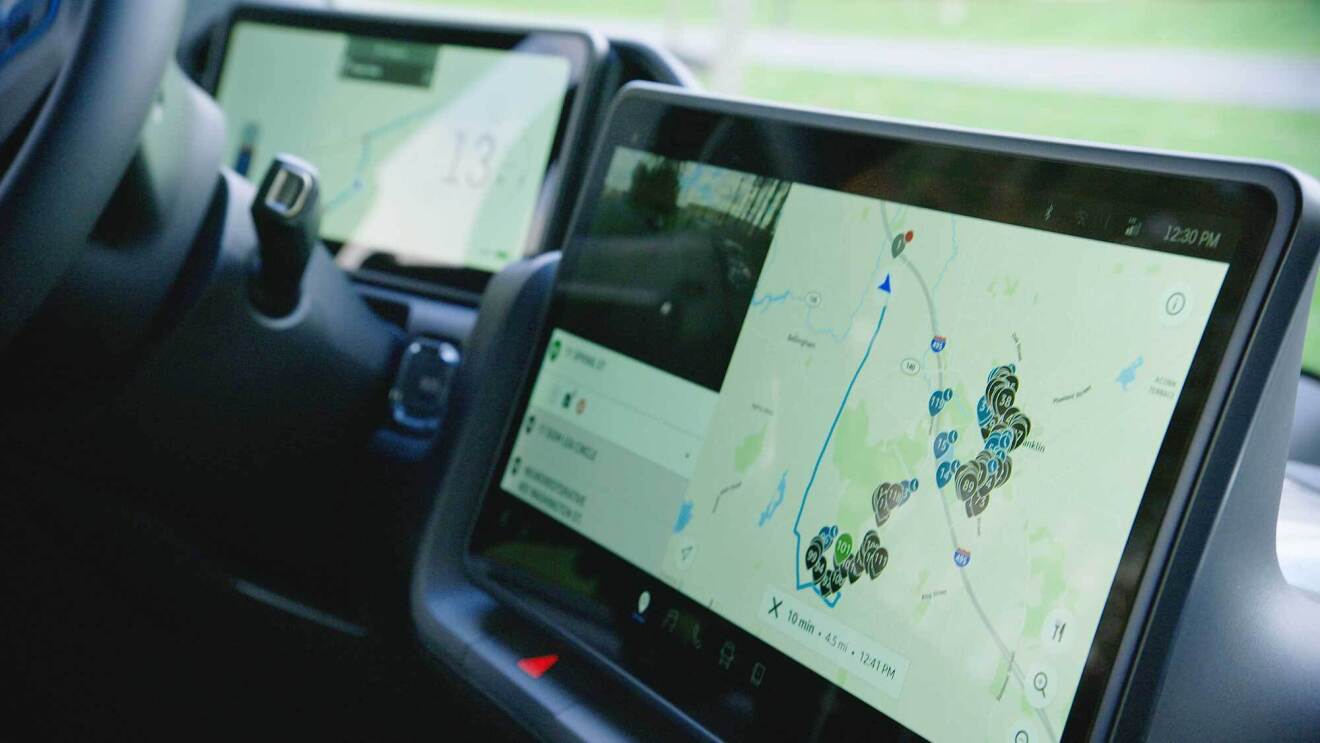
Picking the best route to your doorstep from a multitude of options
Since different customers order different things every day, route design and optimization is notoriously one of the most difficult problems Amazon needs to solve. The company uses more than 20 machine learning models that work in concert behind the scenes.
“Delivering packages to customers requires as many decision points as there are atoms in the universe, and AI is critical to making this possible,” Hamilton said. “AI is critical because there are too many decisions that need to be made in the moment that can’t be done manually anymore, especially at this scale.”
Amazon last-mile delivery teams are exploring the use of generative AI and large language models to simplify decisions for drivers: by clarifying customer delivery notes, which proves extremely helpful in large buildings, and by understanding different attributes about a delivery address (e.g., building outline, road entry point), and matching them to the physical world.
 Scot Hamilton, vice president for last-mile delivery routing and planning technology at Amazon.
Scot Hamilton, vice president for last-mile delivery routing and planning technology at Amazon.“We make countless decisions every day, and we want to make even better versions of those decisions,” said Hamilton. “AI continually helps us improve day after day, minute after minute, so we can take packages to our customers in safer, better, and more efficient ways.”
Trending news and stories






